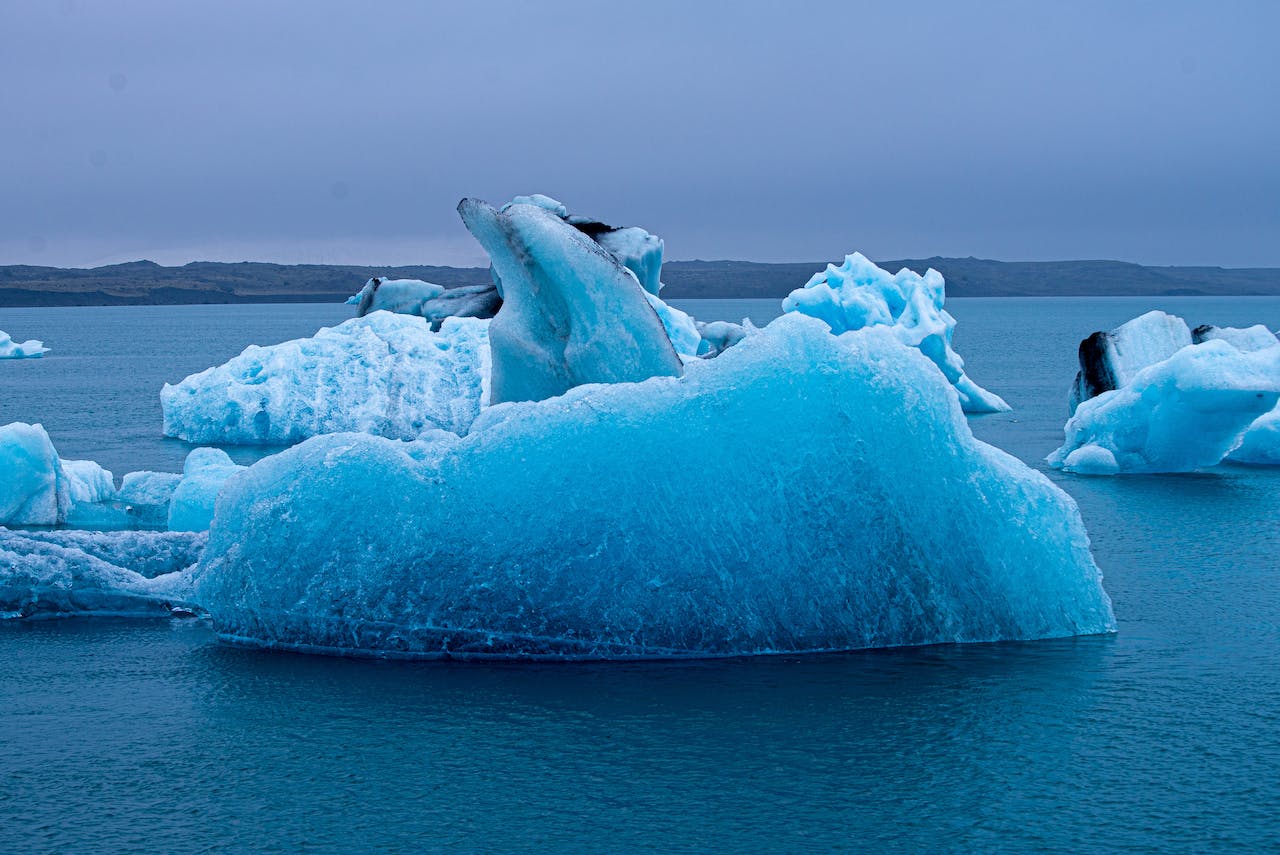
Deep dive on sea level rise: new modelling gives better predictions on Antarctic ice sheet melt
Using historical records from around Australia, an international team of researchers have put forward the most accurate prediction to date of past Antarctic ice sheet melt, providing a more realistic forecast of future sea level rise.
The Antarctic ice sheet is the largest block of ice on earth, containing over 30 million cubic kilometers of water.
Hence, its melting could have a devasting impact on future sea levels. To find out just how big that impact might be, the research team, including Dr Mark Hoggard from the ANU Research School of Earth Sciences, turned to the past.
“If we want to know what is going to happen in the next 100 years, we need to have an accurate model for how ice sheets respond to climate change,” Dr Hoggard said.
“Previous forecasts of the Antarctic contribution to global mean sea level rise were anywhere between 20 and 52cm by 2100. But by getting a better idea of sea levels during the Mid-Pliocene era, our study reduces this estimate to between 5 and 9cm.
“The Mid-Pliocene period 3 million years ago is considered the best equivalent to conditions expected this coming century in terms of CO2 levels and temperature.”
Dr Hoggard said accurately determining sea level during this period can help reveal how the Antarctic ice sheet behaved in the past and therefore how it might behave in the future.
To determine the historic sea level, researchers first looked at the geological record of Australia to find fossilised corals and other sea-level markers that indicate how high the shoreline used to be.
“This is not a perfect method as fossil markers are not only affected by the movement of the sea, but also the movement of the land,” Dr Hoggard said.
Over millions of years, Earth’s tectonic plates move up and down in a process called dynamic topography.
“If you stand on the shoreline of Australia today and see that our sea level is rising, it could be one of two things. It could be sea level genuinely rising, or it could be the land you’re standing on subsiding,” Dr Hoggard said.
“For the first time, we have corrected for these up and down movements across a whole continent, so we can see where the sea level markers really sit.”
Previous estimates had sea level during the Mid-Pliocene somewhere between six and 60 meters above current sea level in Australia. Now, it can be more accurately pinned at 16 meters, with the Antarctic ice sheet likely contributing 9.8 meters in height.
Dr Hoggard credited the accuracy of these predictions to significant advances in science over the past 10 years.
“Thanks to better models, improvements in computational power and a greater understanding of the geological processes, our ability to map the movement of tectonic plates over the mantle has been revolutionised,” he said.
“Right now, this is probably the best reconstruction we’ve got.”
Reducing this uncertainty will allow for more accurate modelling of future sea level rise.
While a lower estimated contribution by the Antarctic ice sheet is good news, the researchers point out there is still plenty of work to be done.
“If you live in a Pacific Island nation like Tuvalu where the highest point of elevation is only 4.6 meters, small changes in the baseline sea level can have devastating impacts when disaster events like cyclones or storm surges hit,” Dr Hoggard said.
“Ensuring we have more accurate models can help improve policy, especially when looking at coastal and low-lying communities which can be impacted by just centimeters of sea level change.”
This article was first published by ANU Reporter.



